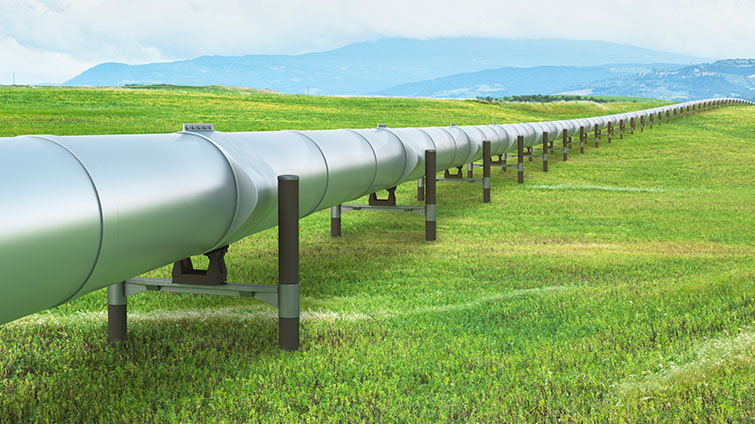Energising America's manufacturing sector

United States raises tariffs on imported steel and aluminium
Given the prevalence of steel and aluminium in energy technologies and equipment, supply chains will be affected by higher U.S. tariffs that went into effect 4 June. The 25% tariff on imported steel, aluminium and products made with those materials has now been raised to 50%. For further details, including changes for goods brought into Foreign Trade Zones and how tariffs are stacked, see the Customs section of this report.
U.S. Department of Energy deems coal a critical material
Coal used in the production of steel has been designated a critical material under the Energy Act of 2020. Metallurgical coal is essential for producing coke, a reactant and fuel for blast-furnace steel production. The designation is part of White House efforts to support the domestic coal industry and domestic manufacturing.
Court ruling on tariffs is in appeals
A court ruled 28 May 2025, that the U.S. president cannot impose tariffs by declaring a national emergency. This ruling applied to the 10% reciprocal tariffs the United States placed on imports from around the world as well as U.S. tariffs related to drug trafficking that were imposed on goods made in China, Canada and Mexico. But a federal appeals court quickly stayed the decision and the tariffs remain in effect while the appeals process unfolds. Arguments are due to the court by 9 June 2025.
Power for Puerto Rico
The U.S. Department of Energy is redirecting $365 million in funding, through the Puerto Rico Resilience Fund, for work on Puerto Rico’s electricity grid. A spokesperson for the department has said the money will be used for things including upgrading ageing infrastructure, clearing vegetation from transmission lines and dispatching baseload generation units. Puerto Rico relies heavily on imported fossil fuels for electricity generation, with less than 5% coming from renewable energy sources.
Key takeaways from CLEANPOWER event
The annual American CLEANPOWER conference was recently held in Arizona - an event that unites policymakers, experts and corporate leaders to solve energy-industry challenges. Over the multi-day conference, many themes were top of mind: government energy and trade policy, heightened requirements for documenting country-of-origin on imported equipment and parts and access to capital.
The clean energy industry faces headwinds today, including federal budget proposals going through Congress that would curtail investment in the sector. The version of the bill passed by the U.S. House would mandate that projects be free of any connection to China or other “foreign entities of concern” and end subsidies years earlier than the Inflation Reduction Act passed during the previous administration. The Senate must still consider the bill.
U.S. policy fluctuations also present challenges for business and investment decisions. This uncertainty will likely cause a slowdown in projects starting in 2026, but the growing energy need for data centres is one potential area of demand. There will be a focus on projects that have access to funding and companies best positioned to endure the slowdown.
Over the next decade, shifting priorities on renewables and fossil fuels will define how energy will be produced in the United States.